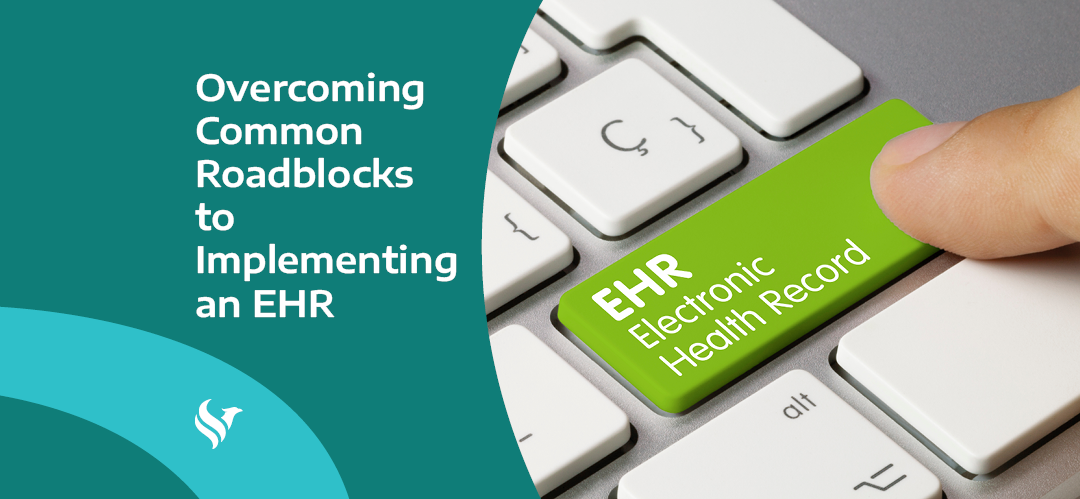Vice President of Clinical Strategies
As we plan for 2023, ASCs are doing themselves a disservice by continuing to chart on paper. Between the increased utilization of the ASC space for surgical care and the ever-growing need to communicate patient information across all avenues of care, it’s getting harder and harder to continue the argument against implementing an EHR.
Here are five common roadblocks it’s time to overcome, written by Maura Cash, RN, BSN, CASC, VP of Clinical Strategies at HST Pathways and Kelli McMahan, VP of Facility Development at Compass Surgical Partners.
#1 There is no federal mandate.
Unfortunately, this is true, but you should not put any stock into a federal mandate as there are so many cultural drivers that matter more than a federal mandate. Your patients expect to be able to view and access their charts. Your staffing shortages will only increase if you tell a 28-year-old clinical provider that they must chart on paper. You’ll never be able to negotiate better rates with your payers if you cannot prove positive outcomes. The list goes on – so disregard the lack of a federal mandate and consider your staff and patients!
#2 EHRs are a better fit for hospitals, not for ASCs.
When EHRs first came to the market, they were completely designed and built for hospitals. So, when early adopters in the ASC industry tried to use them, it was understandably a poor fit. The good news is that there are now EHR options that were built specifically with ASCs in mind that are much faster, leaner, and affordable.
#3 Physicians don’t like EHRs.
Physicians like efficiency, so if they are adequately trained on their EHR software, they will quickly come to love electronic charting. For example, a task that used to take them 60 minutes can now take 15. Instead of having to be in the office to sign off on charts, they can now do it securely from wherever they are. Most physicians are happy with the simplicity of the process, the added convenience, and the accessibility of the chart.
#4 EHRs are more expensive than paper.
The price tag is lower than you think, and the ROI for utilizing EHRs is measurable. When most compare the obvious costs of paper vs. digital charting, the first thing that comes to mind is the cost of paper and ink vs. the cost of the software. Unfortunately, it goes much deeper than that. Here are two examples of hidden costs you may be overlooking.
• Staff: Paying your team is usually your budget’s most expensive line item. Your staff is wasting their time manually assembling charts prior to DOS, compiling them after, finding missing documentation, completing paperwork, filing paper, preserving paper, and more.
• Reporting: You are wasting time leafing through paper charts to find the data necessary to submit to specialty, state, and federal agencies.
#5 Rebuilding our charts electronically will take too much time.
Fortunately, the implementation teams do much of the heavy lifting requiring much less of your staff’s valuable time. After all, they already have full-time jobs. Most software vendors preload some standard tables and charts, and then your team can do any additional customization. You can feel secure knowing that the EHR conforms to AORN and surveyor standards, which may improve your compliance and decrease your time spent reviewing pages of regulations.
When it comes down to it, ASCs who want to remain competitive, maintain compliance, perform cases efficiently, and retain the best team will move away from paper and switch to digital charting.

Compass Surgical Partners is an independent, full-service ASC management partner. Compass has deep expertise in outpatient orthopedics and spine, with our team members developing over 250 ASCs over the past three decades. To learn more about Compass’ partnership approach, please contact Jestine Nordstrom ([email protected]). Learn more at www.compass-sp.com.
Don’t miss out on the good stuff – Subscribe to HST’s Blog & Podcast!
Every month we’ll email you our newest podcast episodes and articles. No fluff – just helpful content delivered right to your inbox.
